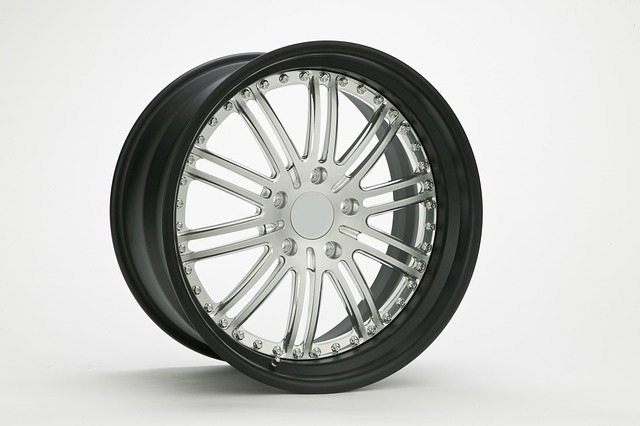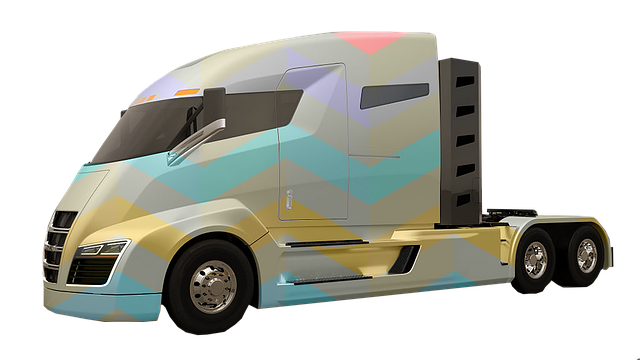Registering a car in California involves a straightforward process that begins with understanding the Vehicle Identification Number (VIN) verification. This ensures the vehicle’s authenticity and history. Gather essential documents, including proof of ownership, identity, and insurance. Choose between online or in-person registration at a California Motor Vehicle Registry (DMV) office. During submission, ensure all details match the VIN. Post-registration, consider title transfer, license plate acquisition, and ongoing DMV updates for a seamless driving experience. Always remember to complete the mandatory VIN verification step.
- Understanding the Vehicle Identification Number (VIN) Verification Process
- Gathering Required Documentation for Car Registration
- Choosing an Appropriate California Motor Vehicle Registry (DMV) Service Option
- Completing the Online Registration Application or In-Person Visit
- Post-Registration Steps and Important Considerations
Understanding the Vehicle Identification Number (VIN) Verification Process

When registering your car in California, understanding the Vehicle Identification Number (VIN) verification process is crucial. VIN verification ensures that the vehicle matches the information provided on essential documents like the title and registration. This step is critical for preventing fraud and ensuring that all vehicles on the road are legitimate. A mobile vin verifier or mobile vin inspection service can assist with this by providing on-site, convenient, and accurate VIN checks.
During the verification process, a professional will use specialized equipment to cross-reference the VIN with databases maintained by various government agencies. This includes checking against records for title history, salvage, and odometer rollback. A mobile vin inspection ensures that the entire process is swift and efficient, allowing you to streamline the car registration procedure in California.
Gathering Required Documentation for Car Registration

Before you start the registration process, it’s crucial to gather all the essential documentation for your car in California. One critical step is conducting a VIN verification, which involves checking your vehicle’s unique identifier—the Vehicle Identification Number (VIN). This process helps ensure that your car matches the details provided by the manufacturer. For a seamless experience, consider using a mobile VIN inspection service, allowing you to verify your car’s history quickly and conveniently without having to visit a dealership or registration center.
Along with the VIN verification report, you’ll need to provide key documents such as proof of ownership (usually a title document), current vehicle registration (if from another state), insurance proof, and identification documents like a driver’s license. It’s important to ensure all paperwork is up-to-date and accurate to avoid any delays during the car registration process in California.
Choosing an Appropriate California Motor Vehicle Registry (DMV) Service Option

When registering a car in California, selecting the right DMV service option is key to a smooth process. The state offers various methods, catering to different preferences and schedules. One crucial aspect to consider is vin verification, ensuring your vehicle’s unique identifier is accurate and legitimate.
Opting for a mobile vin verification or mobile vin inspection service can be highly convenient. These services bring the DMV experience to you, whether at home or work. A mobile vin verifier checks the vehicle’s history, including accident reports, outstanding recalls, and title issues, providing peace of mind before finalizing the registration. This option is ideal for busy individuals who value time-saving solutions without compromising on accuracy.
Completing the Online Registration Application or In-Person Visit

You have two options when it comes to registering your car in California: complete the process online or visit a DMV field office in person. Both methods require you to gather important documents and information, such as proof of insurance, vehicle registration from the previous state (if applicable), and identification. If choosing the online route, you’ll need to start by filling out the Online Registration Application, which includes details about your vehicle and driver’s information. This process involves a step known as VIN verification, where a mobile vin verifier or even a simple vin inspection is often required to ensure the accuracy of the vehicle identification number (VIN).
For an in-person visit, you’ll need to schedule an appointment at your local DMV. Bring all necessary documents and expect a more detailed process as the DMV agent will verify your information and conduct a thorough inspection of your car, including a vin inspection, to ensure compliance with California’s regulations.
Post-Registration Steps and Important Considerations

After successfully registering your vehicle in California, there are several crucial post-registration steps to ensure a smooth ownership experience. One critical aspect is confirming the Vehicle Identification Number (VIN) verification. This process ensures that the data on the registration documents matches the vehicle’s unique VIN. You can opt for traditional VIN inspection at a designated location or leverage modern solutions like mobile VIN verification services, which offer convenience by coming to your location.
Additionally, keeping detailed records of all transactions and maintenance is essential. Regularly updating your contact information with the California Department of Motor Vehicles (DMV) is also vital to avoid any issues during future interactions. Remember that prompt action on these matters can save you from potential complications down the line, ensuring a hassle-free ownership journey.
Registering a car in California involves several steps, including successful VIN verification. By understanding the process, gathering essential documents, and choosing the right DMV service option, you can ensure a smooth registration experience. Whether completing the application online or in-person, post-registration tasks like updating your vehicle’s information and maintaining proper documentation are crucial. Always remember to keep accurate records of your car’s history for future reference and potential verifications.



